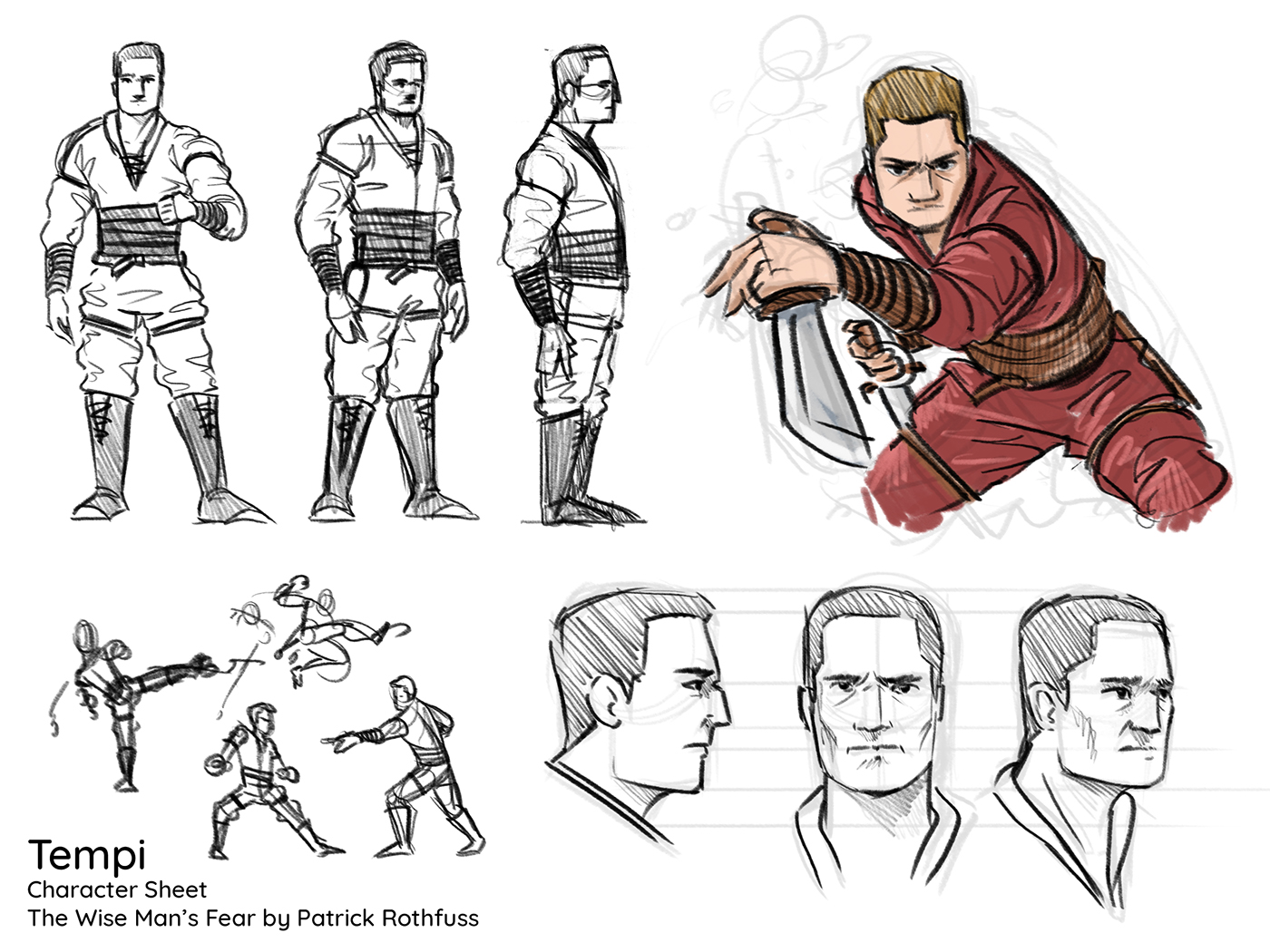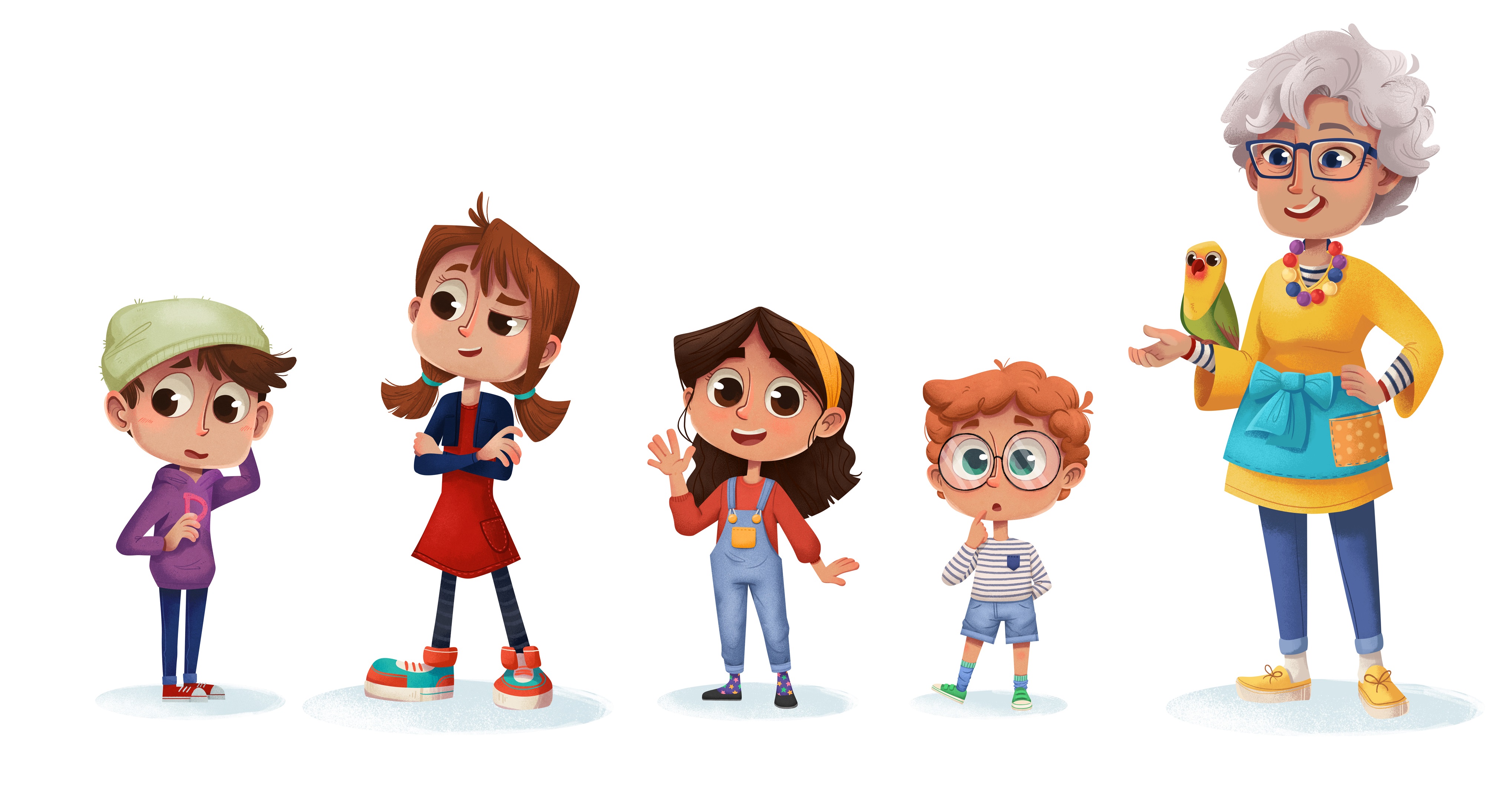Table Of Content

The colors you choose can further enhance the intended mood of the character. Adding a floor shadow as well is a simple way to ground your character in space and reinforce the lighting. Your main concern at this stage should be the pose, so take the time to sketch a few options that show off the character’s personality.
Speech and Language
Sometimes it’s hard to start with the general description, especially if you start from scratch. You can always finish with the physical and personality traits first and go back to finish the overview. So why did I even start writing this article on how to design a character, you might ask.
Do you want to write a story?
Before writing the novel or book, know that you will need detailed, in-depth character profiles for each main character of your story. While every story is different and unique, there are a few other types of main characters in your novel and screenplay, in addition to your protagonist. If you’ve ever tried your hand at writing a novel or screenplay, you know characters are key. Without fully developed, believable characters, your story will not stand out. That’s why mastering character profile creation is crucial.
Professional Traits:

This is a safe space where artists experiment and create loose sketches to get an idea of what direction to take. Also, you could wish to discuss it with your team before handing your idea to an artist. Or maybe you could have just a general idea and wish the artist or designer to help you perfect the concept. Either way, the best practice is to prepare a character design template.
Doing so will allow you to clear your mind and come back to your thumbnails with a fresh perspective. When you are ready to get back to work, find the thumbnail that evokes your concept most effectively. You are then going to create a larger, more detailed sketch that will serve as the basis for your final artwork. But while the client’s preference determines the format of your final design deliverable, you can use any tool you like before you get to that point. For example, many of the character artists we interviewed prefer doing preliminary sketches on paper.
What makes a good character profile template?
In many cases, the client will be expecting you to expand on the concept in novel ways that will not have occurred to them. But while the client (or writer) may have already created a story for the character, that does not let the artist off the hook. Briefs are by their nature, well, brief, and it’s not uncommon for a client to have trouble expressing themselves in artistic terms. In the meantime, if you really love creating characters, wish to get inspired, or you’re ready to animate, here are some insightful articles on the topic that you could check.
Your character will have a set of general goals, ambitions, and desires in life. But, this particular story is going to be about one of them. You’ll want to go over grandparents, uncles, aunts, and cousins. Again, determine the ages and their relationship with your main character.
Kimi ni Todoke Creator Draws Character Designs for 7-Eleven Anime Ad - Anime News Network
Kimi ni Todoke Creator Draws Character Designs for 7-Eleven Anime Ad.
Posted: Mon, 04 Jan 2021 08:00:00 GMT [source]
If you are designing a character for an animator, you will also need to create a handful of orthographic T-pose sketches. These display a front, back, and side view of the character standing with their legs together and arms outstretched, and they give the animator a neutral view of the design on which to animate. T-poses can also be useful for figuring out clothing detail that may get lost in a more expressive pose. The character concept is a lot like the destination your ship is steering towards, and for that reason, you should pay particular attention to this step. Unfortunately, there’s not always a straightforward way to know whether you’ve chosen the right destination.
Recommended Articles
At the very end, I’ve also added additional tools and resources you can use to craft your characters, no matter where you are in your writing journey. Whether you want help with something specific in mind or want to explore your characters from different angles and perspectives, you can find a lot of great content, exercises, and tools below. Creating characters that leap off the pages and come alive in the reader’s imagination is important. I have, therefore, compiled this ultimate guide to character creation to make it as easy as possible for you to find the help you need. In this section, I’ll go through some highlights that make a good formula for a memorable character. Most of the things we’ve already discussed in some of the steps.
I hope this guide inspired you to give life to your character ideas and make them absolutely awesome. It all comes down to how you want your character to progress. Some fields here are optional, but it is a great starting point in creating your character sheet template. The important thing is that it helps you flesh out your character and turn them into a real person that both you and your readers will understand.
In his spare time, he writes about monsters, angels, and demons under the name D. When not obsessing about sympathetic villains and wondrous magic, Doug enjoys board games, horror movies, and spending time with his wife, Sarah. You can add all of these into your character’s folder in Dabble. So check out the template below and think about how you can use it to build your characters. Strengths, weaknesses, and abilities are very vague terms but are quite important. This is especially true for genres like fantasy or sci-fi, and these traits can be helpful when crafting your main characters, including villains.
All-New Adobe Express With Firefly Revolutionizes How Creators and Brands Design and Share Standout Content - Adobe
All-New Adobe Express With Firefly Revolutionizes How Creators and Brands Design and Share Standout Content.
Posted: Thu, 08 Jun 2023 07:00:00 GMT [source]
Ultimately, making sure that the client is happy with your work is important, so trust and good communication is key. As far as details go, facial features are often a great way to get a point across and communicate emotions, but also tricky to get right. A frown, a goofy smile, or an evil grin have vastly different effects, and can elevate your design to new heights, when applied appropriately. If you have multiple characters, playing around with the proportions is important because it helps you create a more dynamic cast of characters. If they all follow a predictable pattern — some sort of Golden Ratio — they start to blend in to each other and the aggregated effect becomes stale and uninspiring. With all that said, let’s take a moment to acknowledge that color theory is complex and that there are no hard and fast rules.
That, of course, is not to say that you should pay less attention to the render. In order for your character concept to land, it has to be truly presentable. In addition, you may notice details that you need to change the more realistic your design becomes. The last thing you want is a character that is full of countless colors with no hierarchy or intentional use of palette.
No comments:
Post a Comment